The full Moon on 30 August 2023 shone big and bright, and is what's known by some as a 'super blue Moon'.
And moongazers were out in force again the following evening, 31 August, to catch another glimpse of the supermoon.
Here are some of the best images of the August 2023 Super Blue Moon, sent in to us by astrophotographers around the globe.
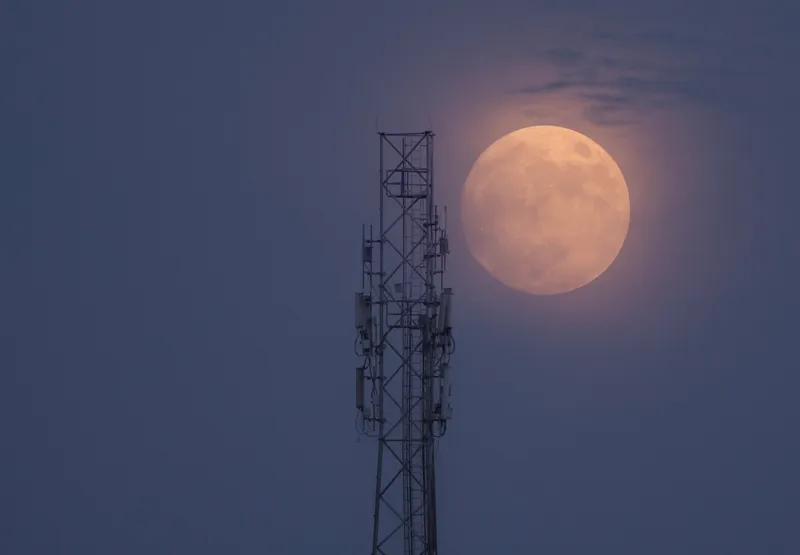
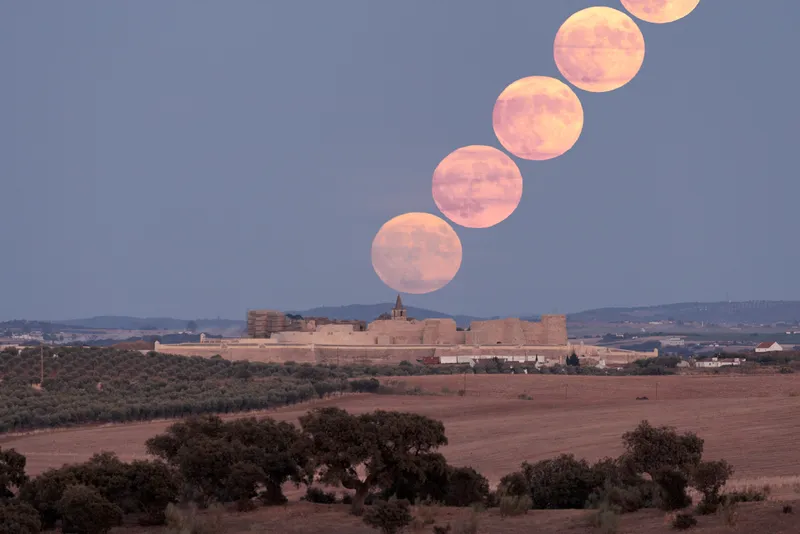
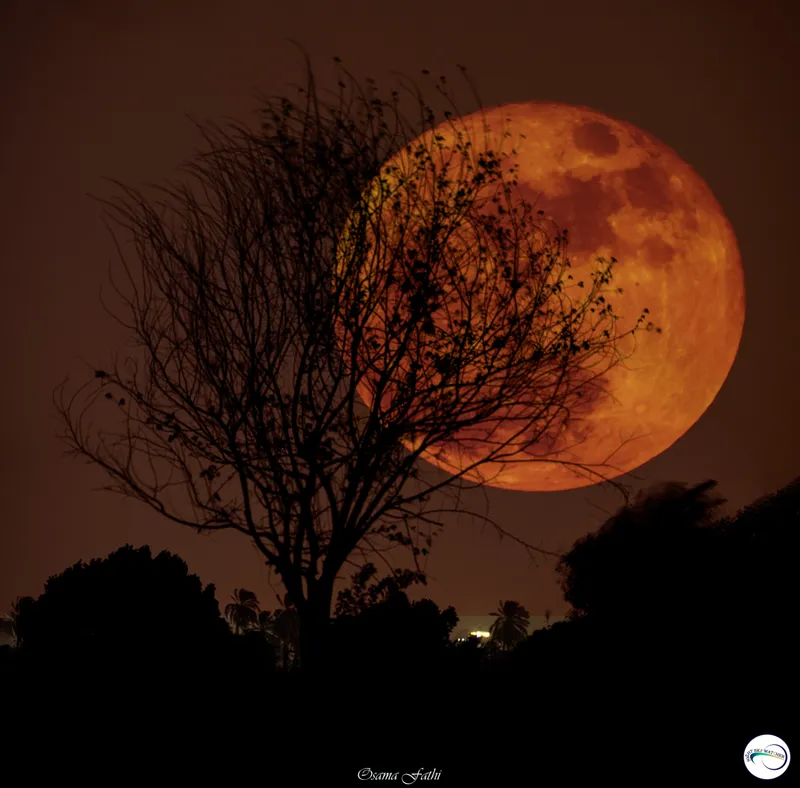
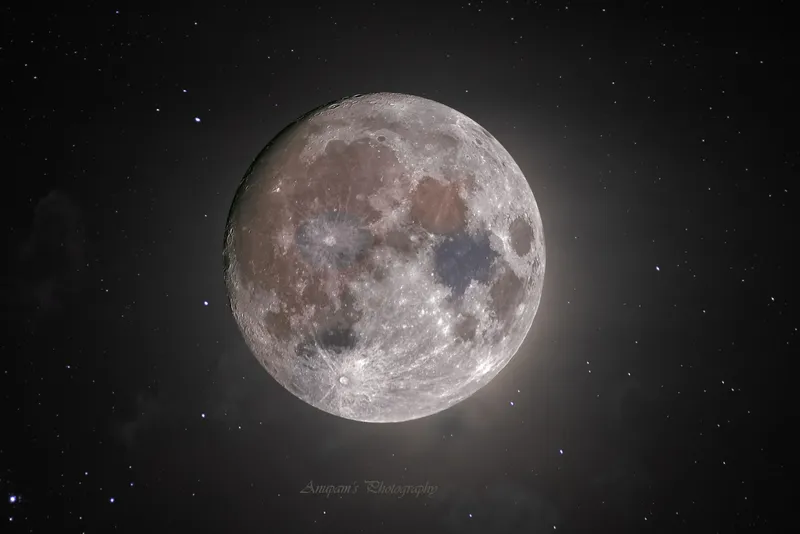
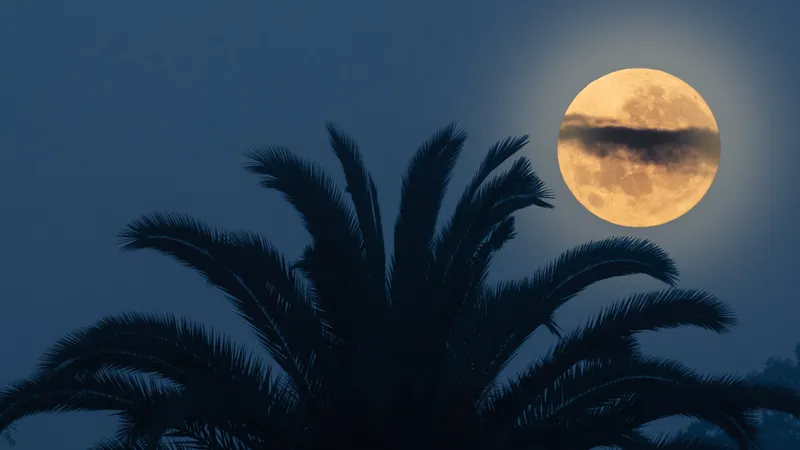
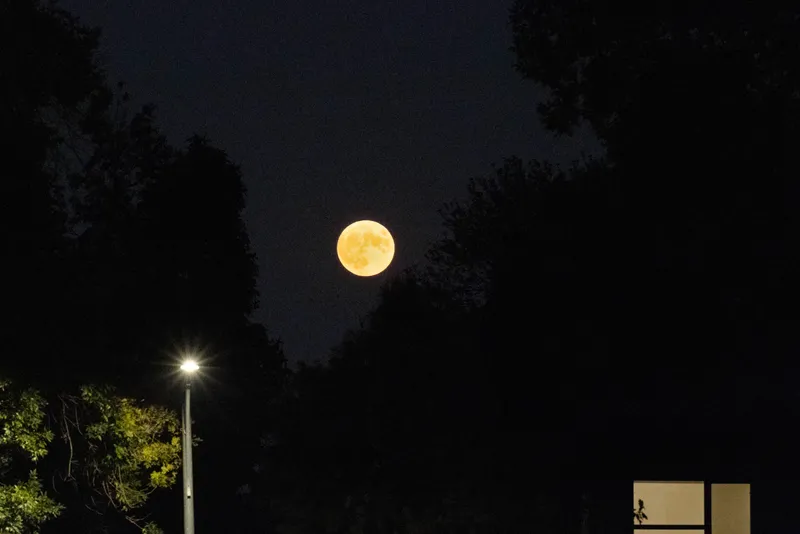
August's blue Moon explained
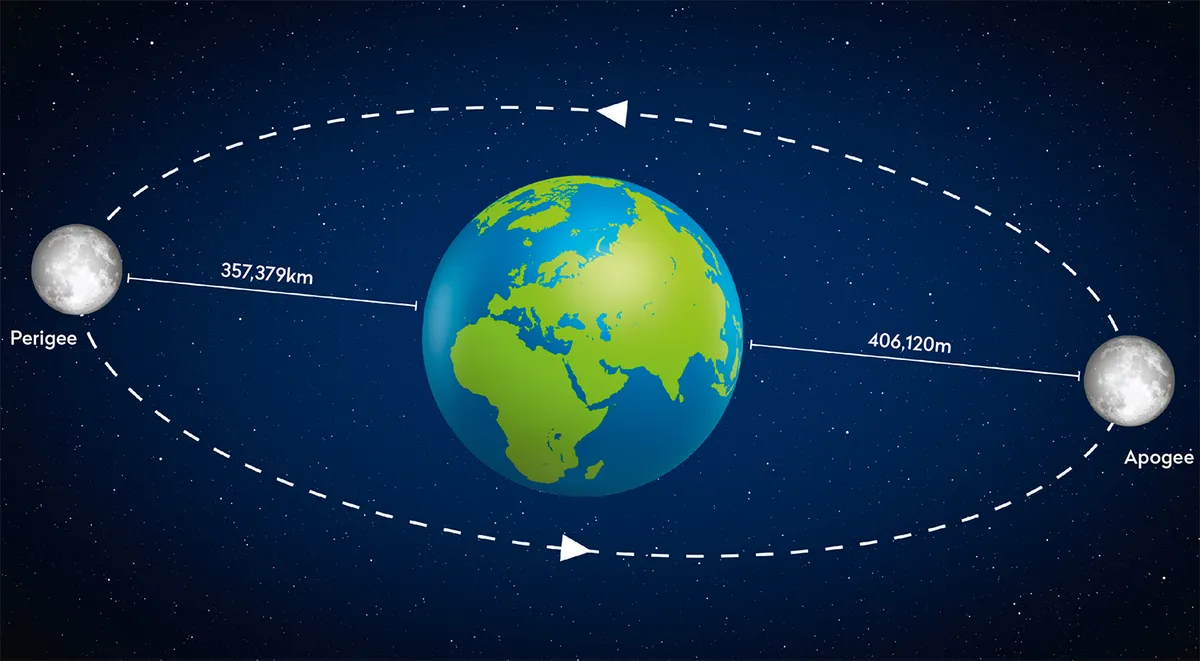
How much bigger is a 'Super Blue Moon' compared to an average full Moon, and are blue Moons really worth the hype?
We can get a better understanding of what we really mean by a 'blue Moon' by considering how the Moon appeared in the sky over the rest of the month.
The Moon reached perigee on 2 August at 06:52 BST (05:52 UT). Lunar perigee is the point at which the Moon's elliptical orbit brings it closest to Earth.
The full Moon at the start of the month occurred on 1 August at 19:31 BST (18:31 UT), 11 hours and 21 minutes before perigee, making this a perigee full Moon, also known as a proxigean Moon or a supermoon.
A perigee full Moon or supermoon is 14% larger and 25% brighter than an apogee full Moon, although the differences aren’t obvious to the naked eye
In practice, a supermoon won't look much different to the ones that precede or follow it.
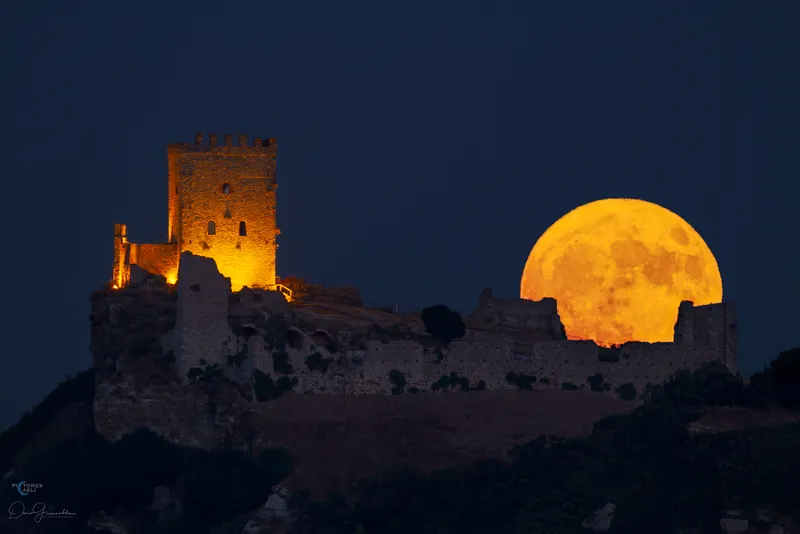
Why was the 31 August Moon a 'Blue Moon'?
Because there was a full Moon on 1 August, that meant there was room for a second full Moon within the month of August.
This occured on 31 August at 02:35 BST (01:35 UT), 9 hours and 44 minutes after perigee on 30 August at 16:51 BST (15:51 UT).
That made it also a perigee full Moon and the closest of the four occurring in 2023.
As the second full Moon in a month, it’s known as a 'Blue Moon', so this supermoon was dubbed a 'Super Blue Moon'.
Get weekly Moon dates and phases delivered directly to your email inbox by signing up to receive the BBC Sky at Night Magazine e-newsletter.
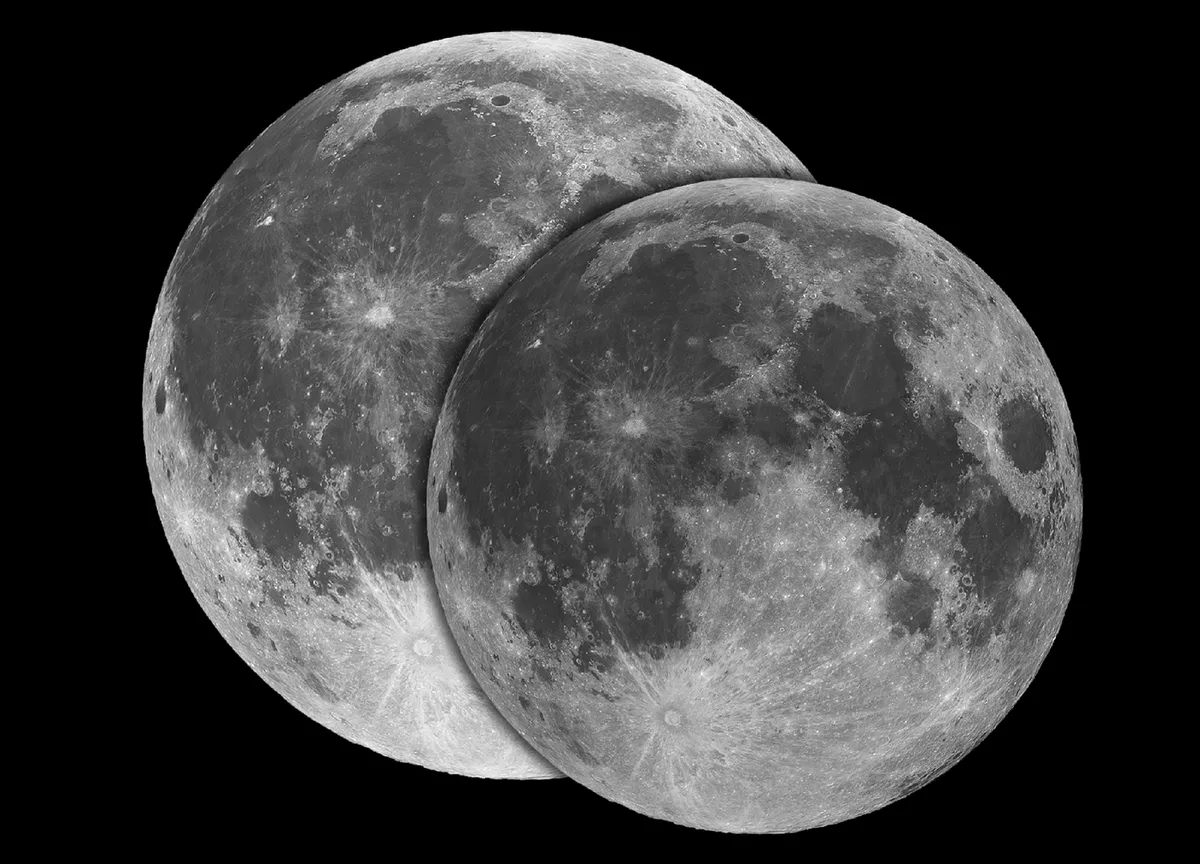
What is a blue Moon?
A Blue Moon being ‘the second full Moon in a month’ isn’t what the term used to mean, but a misinterpretation that appeared in print in 1946.
As it’s easier to understand than the original ‘third full Moon in a season of four’ meaning, it stuck.
Ironically, full Moons at this time of year tend to rise at a fairly leisurely pace, staying at low altitude.
Consequently, the 31 August Blue Moon was more likely to appear orange than blue!
For more on this, read our guide on why the Moon sometimes appears orange.
Podcast: how to see the Super Blue Moon
This article originally appeared in the August 2023 issue of BBC Sky at Night Magazine.
